It’s an interesting idea to consider whether it’s possible to be one hundred percent self-sufficient: not needing any input from the outside world.
Is it possible?
Sure it is.
In the past, many people have demonstrated that they can survive in the wilderness for 10, 20 years — or longer — without any contact with the outside world.
Here are just a few thoughts that come to mind when we think about complete self-sufficiency:
- You could be completely off-grid and have solar panels or a windmill for electricity, but when something breaks, you might not be able to replace it.
- What if your well dries up, or you have insufficient rainfall one year?
- What if a hailstorm destroys your vegetable garden in August?
- You wouldn’t be able have a generator, as it’s powered with fuel you’d need to buy
- As far as other equipment or tools: you might want to use hand-powered at some point — and those require some skill to repair and keep them in prime condition!
- You’ll need to become an expert seed saver, seeing that complete self-sufficiency entails no bartering or purchasing any seeds or seedlings.
- You’ll want to be pretty skilled at foraging…
- You’ll need to consider that some climates are probably more suitable for living off the land than others.
- And last but not least, taxes. Is there a country in the world that does not require you to pay any taxes? If not, you can choose between living illegally, or simply squatting on someone else’s property.
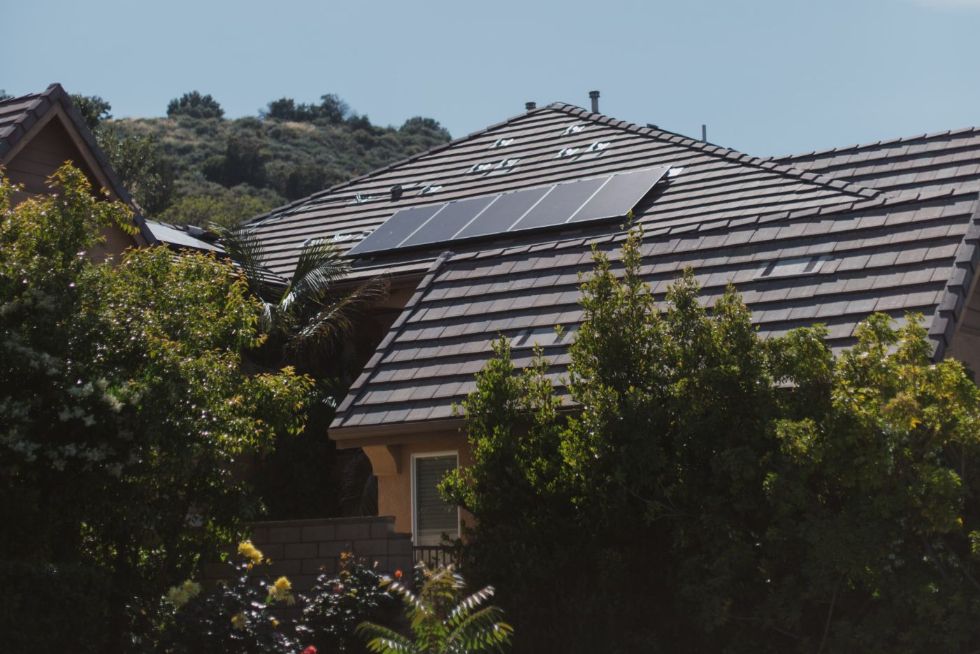
Is Complete Self-Sufficiency Desirable or Even Sustainable?
From a societal point of view, and in my own opinion (both as a sociologist and as an individual), self-sufficiency is great to have as an option in case of necessity (war, pandemic, societal collapse, etc.), but it might be more desirable to combine relative self-reliance with tightened small-scale social networks.
Think eco-villages, small hamlets, cooperatives and collaborations among homesteaders.
Relative self-sufficiency is great, but it’s more efficient if you can team up with people of different strengths and interests:
- Someone to keep goats and barter or sell milk and cheese;
- Someone to build and repair tools and machinery;
- Families working together to build structures or sharing in the care of children;
- Neighbors helping out to take care for animals, as well as humans — bringing food when a homeowner falls ill, for example.
Some people even choose to take this option to the extreme in the form of communes: living and working together full-time.
How to become self-sufficient
There’s so much to consider when thinking about living completely self sufficiently.
Whether you’re just exploring your options or already in the process of becoming self-sufficient, you’ll know what best fits your skills, your age, your physical health and endurance, the area you live in, etc.
Perhaps most importantly, consider your ability to not accept failures as dispiriting defeats, but rather your capacity to turn those inevitable so-called failures into important lessons on your journey toward self sufficiency.
Read more about the process to become self-sufficient here
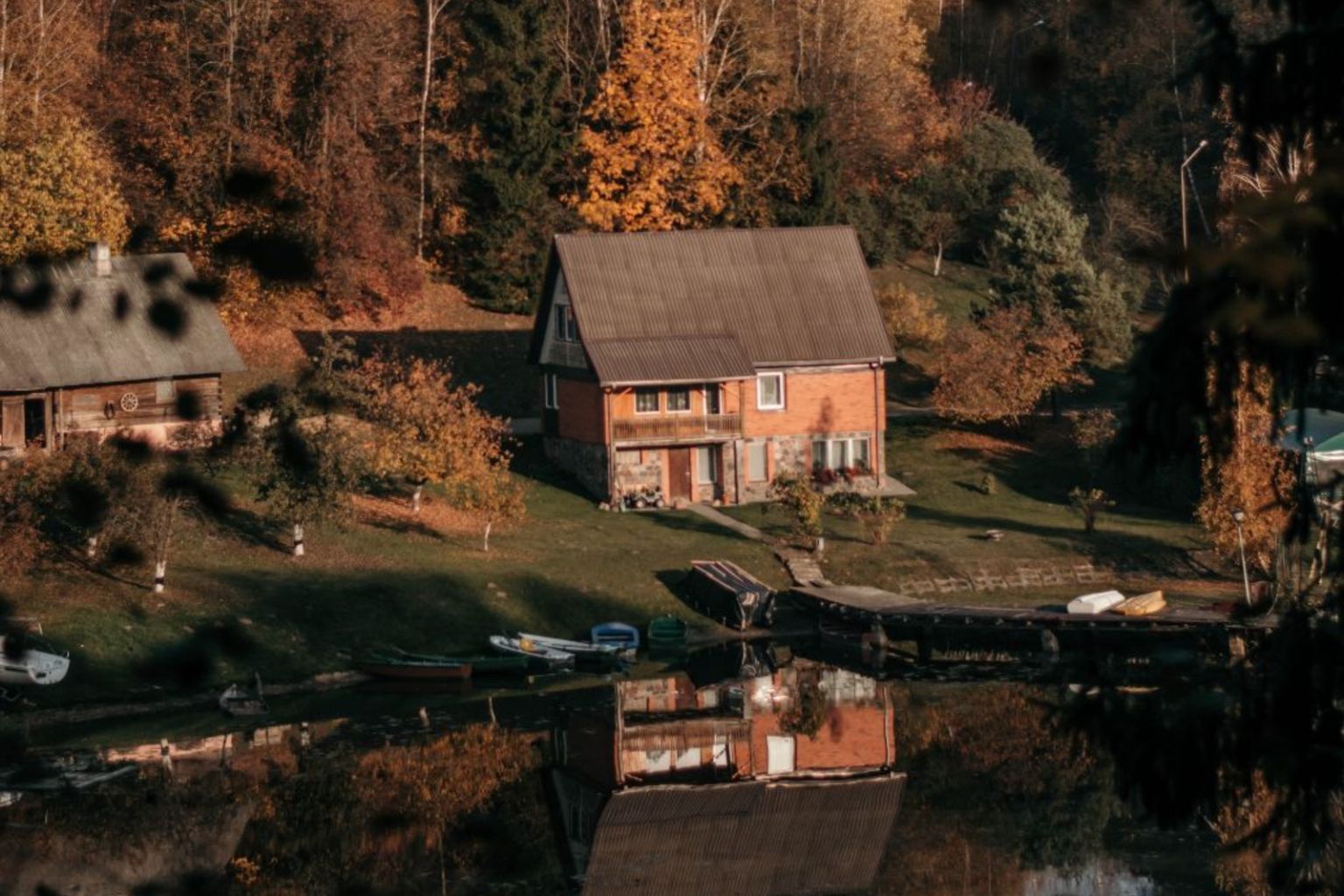
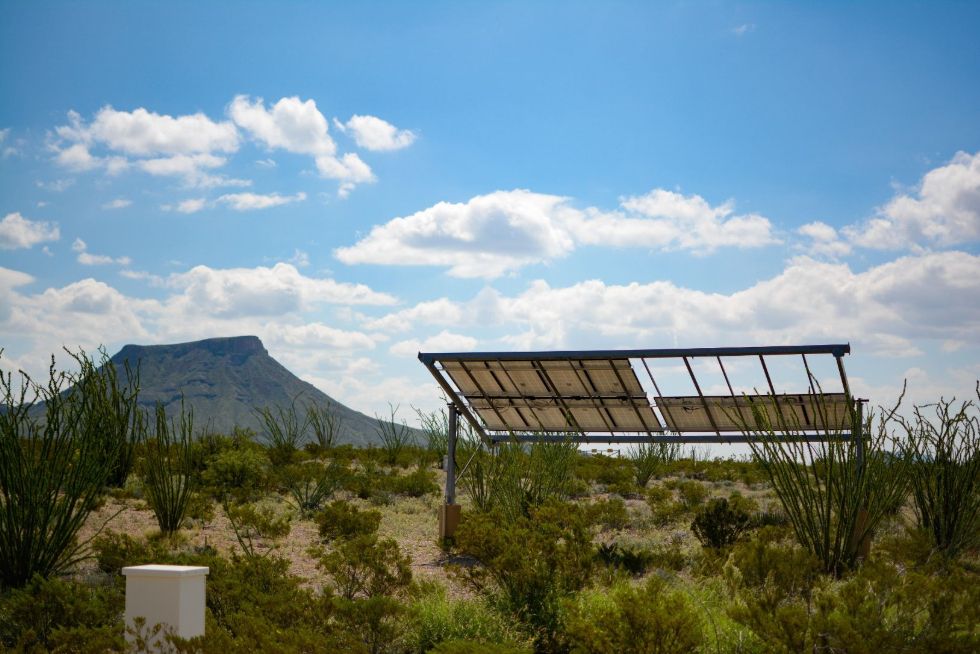
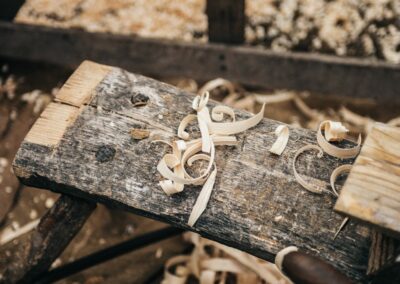
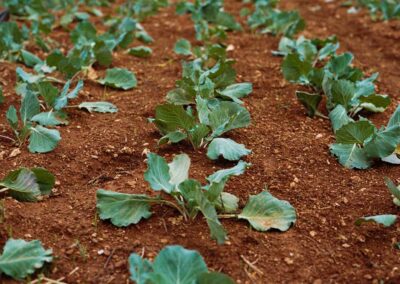
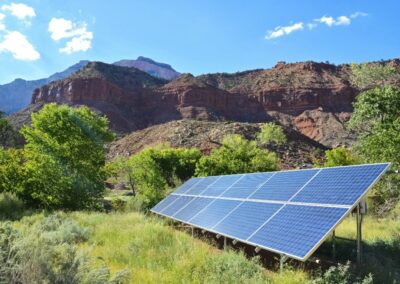
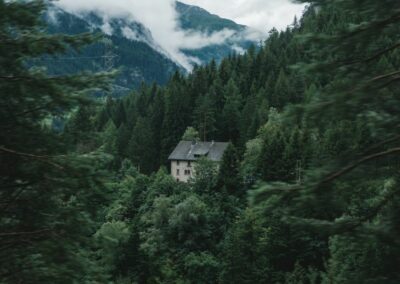
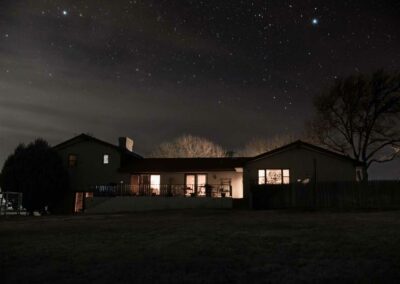
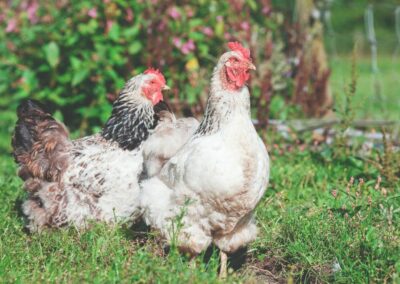
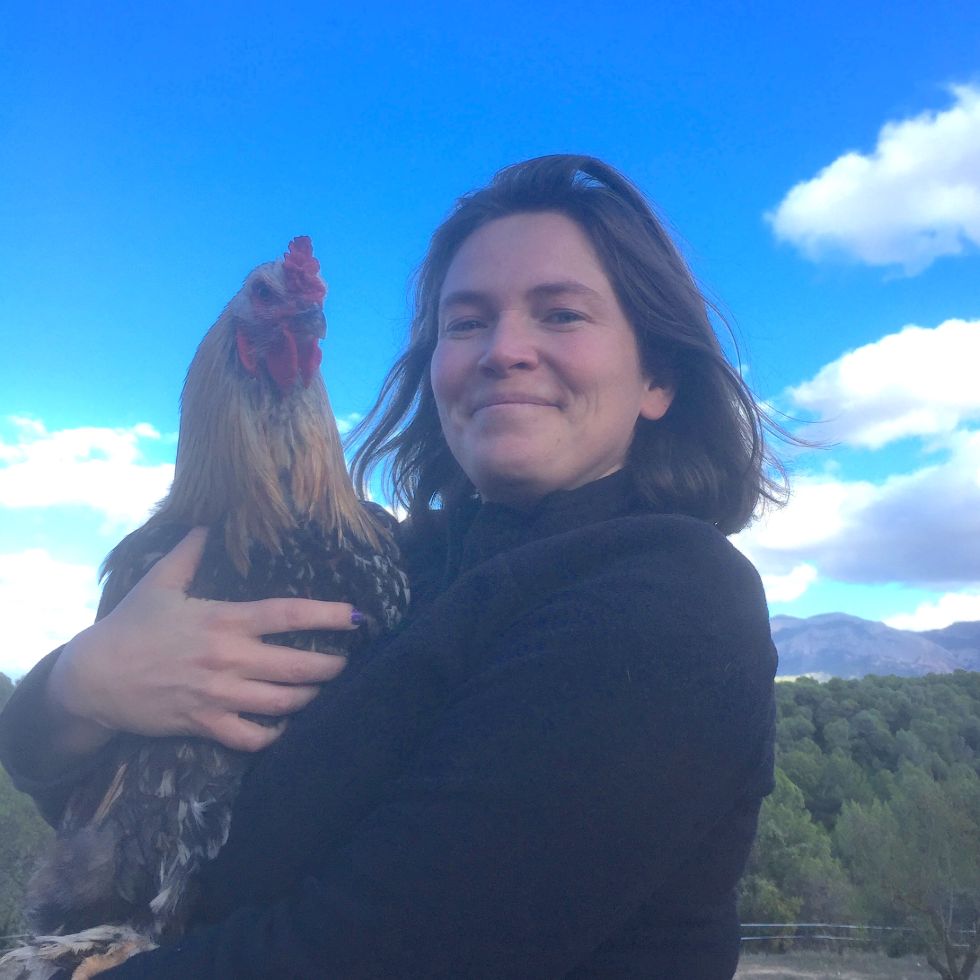
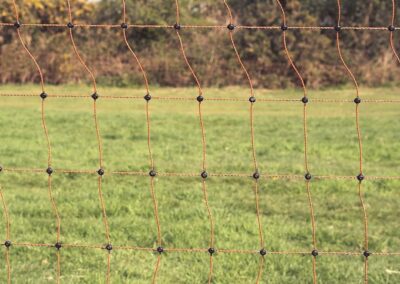

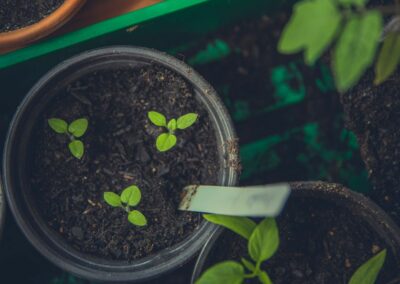
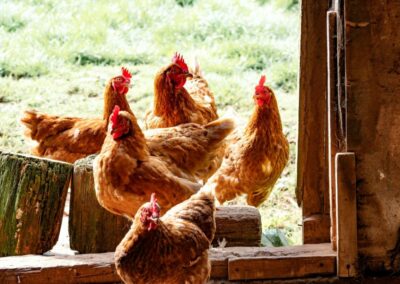
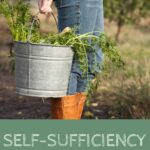

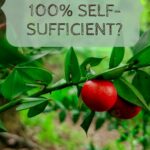
0 Comments